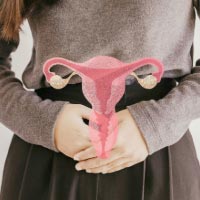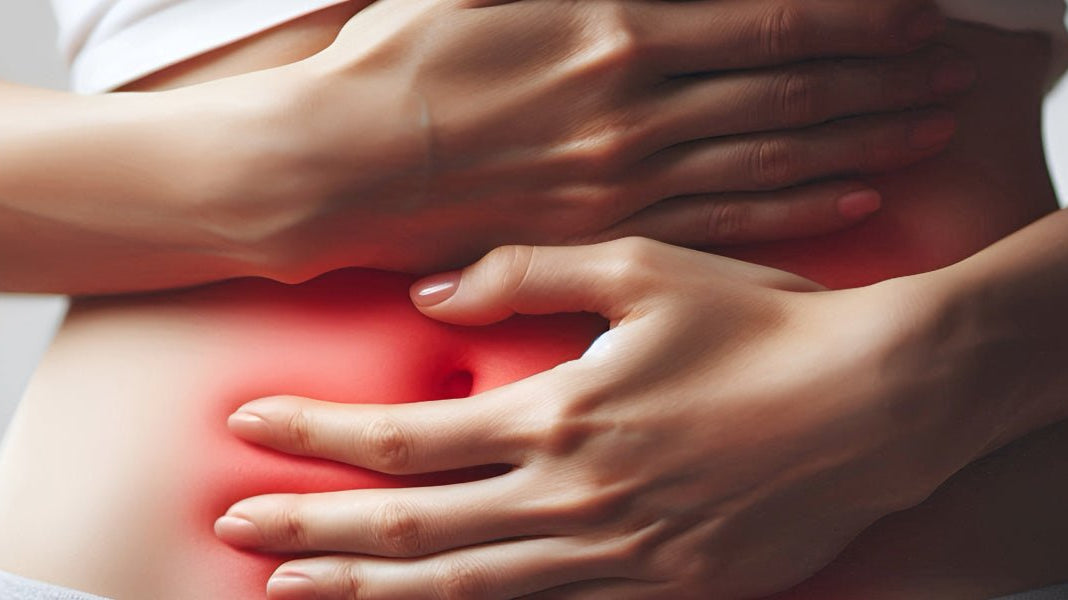How Food Choices Affect Menstrual Pain
Certain foods can worsen menstrual pain by increasing inflammation and causing hormonal imbalances.
Excessive consumption of refined carbohydrates, sugars, and sweet drinks can lead to high levels of insulin, which in turn promotes the production of prostaglandins (PG), inflammatory compounds that can contribute to menstrual pain.
Inadequate intake of omega-3 fatty acids, coupled with an excess of omega-6 fatty acids, can further exacerbate inflammation by disrupting the balance of PG production.
Dairy consumption can also raise PG levels, particularly prostaglandin F2, which is linked to menstrual pain.
The typical nutritional pyramid, which places sweets at the top, is heavily influenced by the food industry. This flawed pyramid encourages the consumption of processed foods and dairy products, which can contribute to menstrual pain and other health problems.
The overindulgence in dairy products and simple carbohydrates, particularly those found in refined flour products, can disrupt the delicate balance of intestinal flora, leading to inflammation and further exacerbating menstrual pain.
A healthy gut microbiome, often referred to as the body's "second brain," plays a crucial role in regulating various bodily functions, including hormone production and pain perception.
The addictive cycle of glucose consumption, driven by the sugar industry and prevalent in the Western diet, can contribute to a state of alienation and disconnect from one's body and its natural needs.
In summary, adopting a balanced diet rich in omega-3 fatty acids, whole grains, fruits, and vegetables, while limiting processed foods, refined carbohydrates, and dairy products, can help manage menstrual pain and promote overall health.

Changing your diet also regulates hormones.
To understand the relationship between food and premenstrual symptoms, we can categorize foods into two groups: Yin and Yang.
Yin Foods
Made up of soft dairy products, carbonated drinks, chocolate with sugar, refined sugar, fructose, ice cream, honey, excess fat, tropical fruits, and industrial juices.
Yang Foods
Formed by excess salt, salty snack-type foods, excess consumption of meat, sausages, canned or smoked fish, aged cheeses, and baked products.
Symptoms and Dietary Adjustments
If before your period you feel more aggressive, more angry, you feel like screaming, you get angry and you have a great desire to eat sweets, you should reduce or eliminate Yang foods for a while from your life.
On the other hand, if before your period you suffer from cravings for salt, crunchy foods, and French fries, you feel very tired, lack of vitality, depression, sadness, and desire to lock yourself in, you must eliminate the Ying group foods.
Balancing Yin and Yang for Overall Well-being
A balanced diet that includes both Yin and Yang foods can help regulate hormones and promote overall well-being throughout the menstrual cycle.
Balancing Yin and Yang During Menstruation
Your menstrual cycle can provide insights into your body's balance of Yin and Yang energies. Yin represents softness, fluidity, and receptivity, while Yang represents strength, firmness, and activity.
A short menstrual cycle (22-24 days) with heavy bleeding indicates a tendency towards Yang energy. This suggests a need to balance the body with more Yin-promoting foods like vegetables, lighter cereals (couscous, quinoa, long rice, pasta), and gentle cooking methods.
A long menstrual cycle (32-34 days or more) with light or intermittent bleeding suggests a tendency towards Yin energy. This may indicate a need to balance the body with more Yang-promoting foods like stews, soups, saltier condiments, and denser cereals (round rice, millet).
If you experience PMS symptoms like irritability, anger, and sugar cravings, consider reducing Yang-promoting foods like meat, sausages, and salt.
If you experience fatigue, lethargy, and cravings for salt, crunchy foods, or French fries, consider reducing Yin-promoting foods like dairy products, carbonated drinks, and refined sugars.
By understanding your Yin and Yang tendencies and making dietary adjustments, you can promote overall well-being and menstrual health.

Energizing and Balancing During Ovulation
Ovulation marks the peak of your menstrual cycle, characterized by increased energy and activity. If you feel overly stimulated during this phase, consider incorporating calming foods like pumpkin cream or a touch of dessert to promote a sense of balance.
On the other hand, if you experience weak ovulations, it's essential to strengthen your body with Yang-promoting foods to support reproductive function.
Following ovulation, there's often a surge in blood sugar levels, leading to a dip in energy. To combat hypoglycemia, opt for beverages that aid in liver and pancreas relaxation, such as broth or warm apple juice, to help stabilize blood sugar levels and replenish energy stores.
Source of information: Agnés Pérez from The Women's Health from Pleasure Conference 2019 - Ginevitex. www.ginevitex.com


Rebalance your hormones with Ginevítex®
Ginevítex® is a natural supplement for hormonal balance due to its liquid extract of Vitex agnus castus, a Mediterranean medicinal herb known for its ability to regulate hormones naturally. Ginevítex® is made in Spain.



















